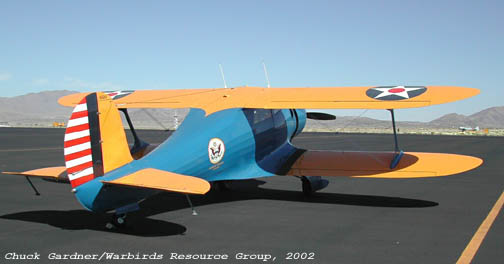
In contrast, while I-153 was difficult to spin, once it lost control recovery was difficult to the point where intentional spinning was forbidden for some time. While the Polikarpov I-16 had gained notoriety for entering spins, it was an easy aircraft to recover. One of the rarely mentioned characteristics of the I-153 was its poor performance in a spin. However, the results were disappointing and it was becoming painfully obvious that the biplane airframe was incapable of higher speeds. Desperate to improve performance, Polikarpov tested two I-153 with the Shvetsov M-63 engine with 1,100 hp (820 kW). While numerous improvements were proposed, many were too radical to be implemented since the aircraft was already in production. The top gullwing, the aircraft failed the government acceptance trials. Combined with other defects revealed in testing and persistent poor visibility caused by In addition, one of the production aircraft disintegrated in a 500 km/h (310 mph) dive revealing a significant structural weakness. This was still short of the projected top speed of 462 km/h (287 mph). Top speed improved to 442 km/h (275 mph) with service ceiling of 9,800 m (32,150 ft). The first I-153 (M-62) was delivered on June 16, 1939. This was disappointing performance but Polikarpov had high hopes for the new Shvetsov M-62 engine. In test flights, the I-153 (M-25) achieved the top speed of 424 km/h (265 mph), service ceiling of 8,700 m (28,500 ft), and required 6.4 minutes to reach 5,000 m (16,400 ft). It failed factory testing due to numerous defects which were largely corrected in the second prototype and the aircraft entered production concurrently with ongoing testing and development. The first prototype powered by the Shvetsov M-25 engine was completed in August 1938. The proposal for the new figher called I-153 (literally, I-15, 3rd version) was


While the wholly unremarkable I-15bis was entering production, the OKB was already working on a more advanced version with the new ShKAS machine guns, Shvetsov M-62 engine, and retractable landing gear (It is interesting to note that this was one of the first projects that Artem Mikoyan of future MiG fame actively took part in). The aircraft performed well enough to make VVS reconsider their view of biplane fighters and Polikarpov was ordered to create an improved version based on combat experience. In 1936, a batch of I-15 was sent to aid the republicans in the Spanish Civil War. As the result, I-15 was withdrawn from production in 1935. The distinctive "gullwing" top wing offered poor longitudinal stability and visibility, the aircraft suffered from poor build quality, and top speed was considerably worse than that of the monoplane Polikarpov I-16. The Polikarpov I-15 was an unpopular design with VVS. WARBIRD RESOURCE GROUP > RUSSIAN AVIATION > FIGHTERS > PREVIOUS PAGEĪmmunition: 2,500 rounds of ammunition total


 0 kommentar(er)
0 kommentar(er)
